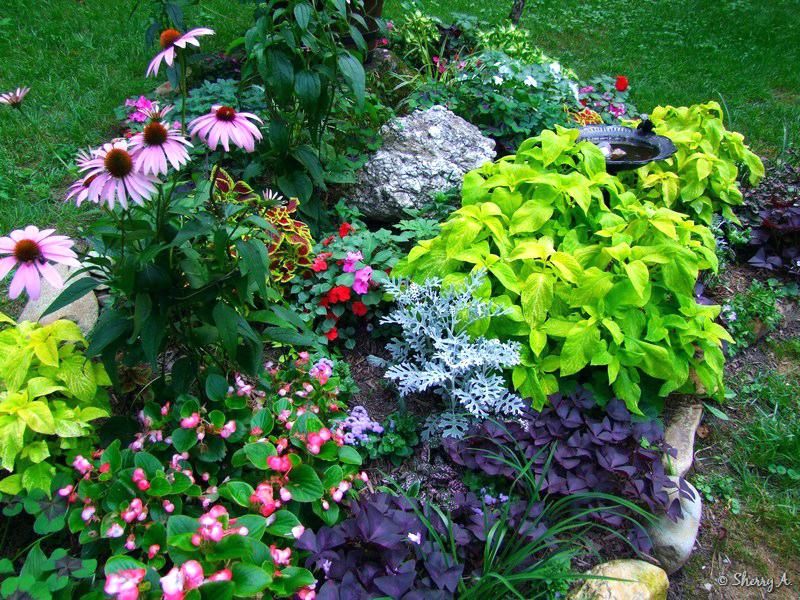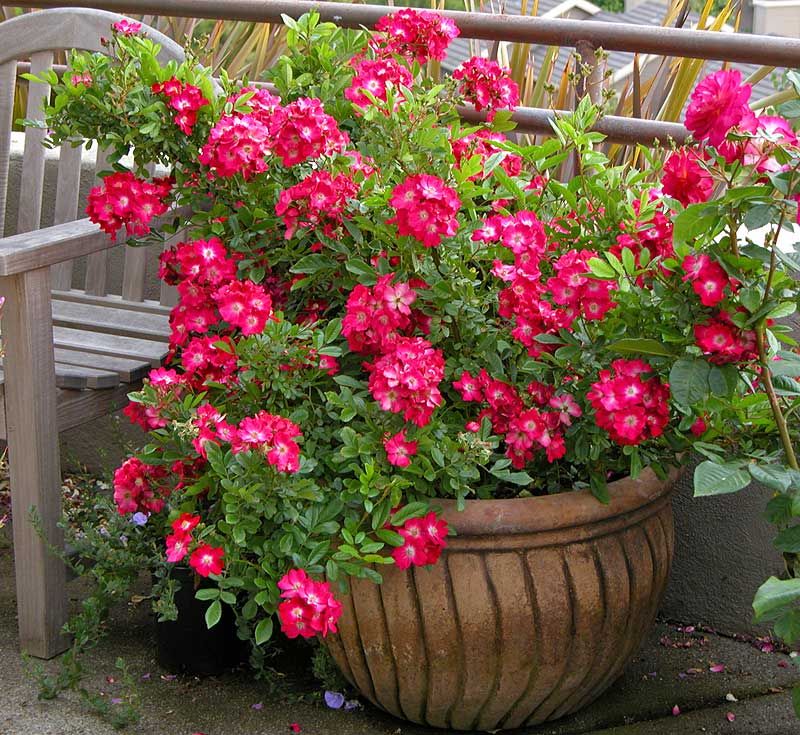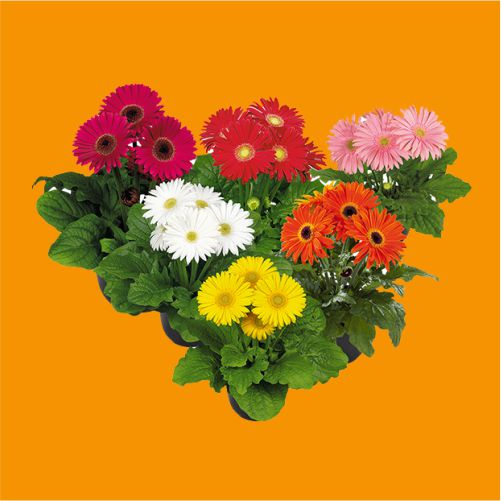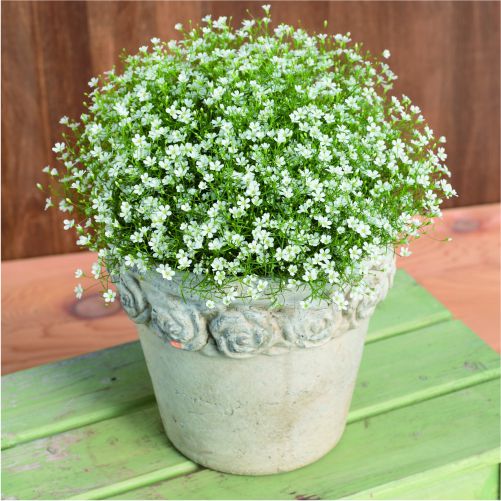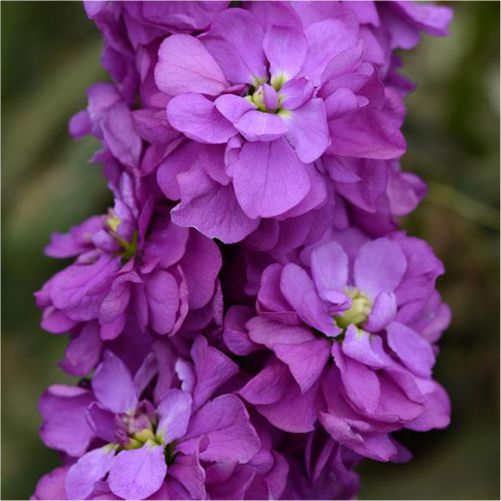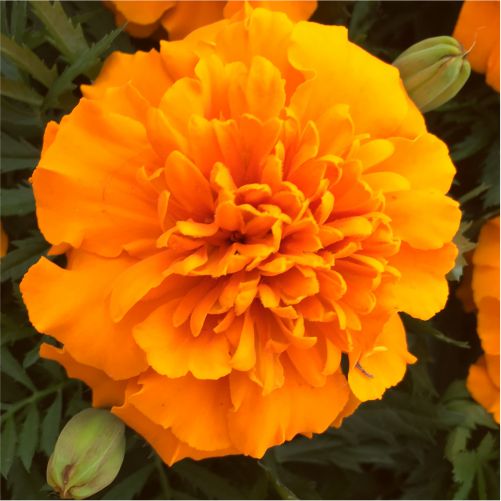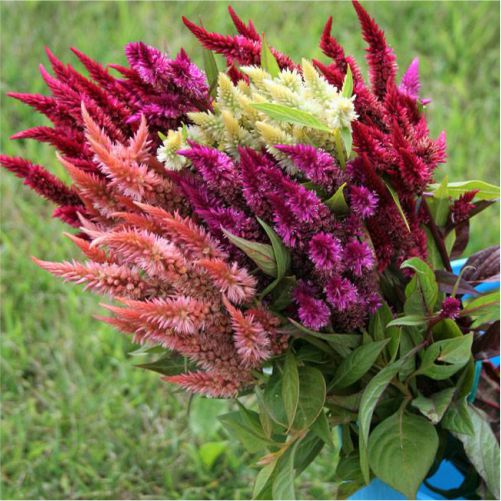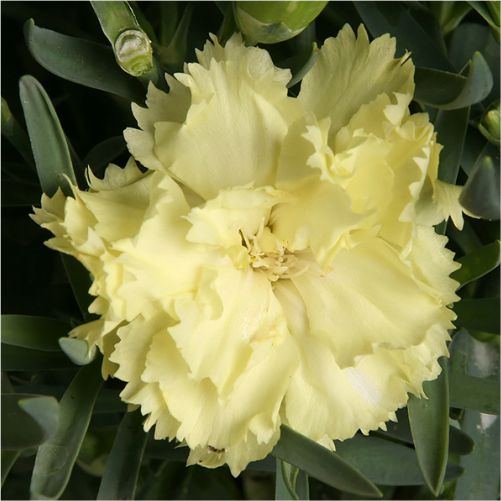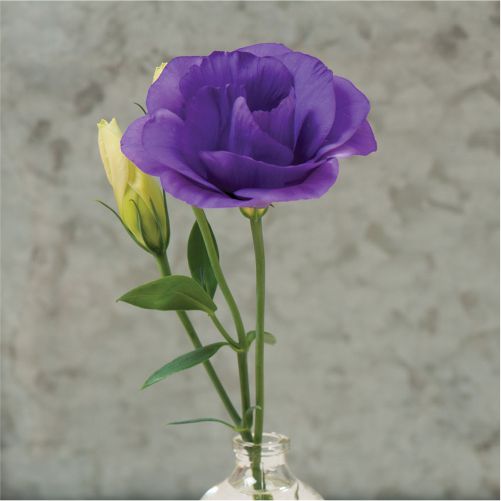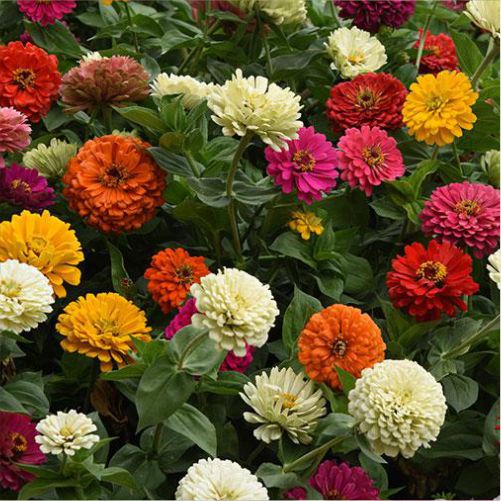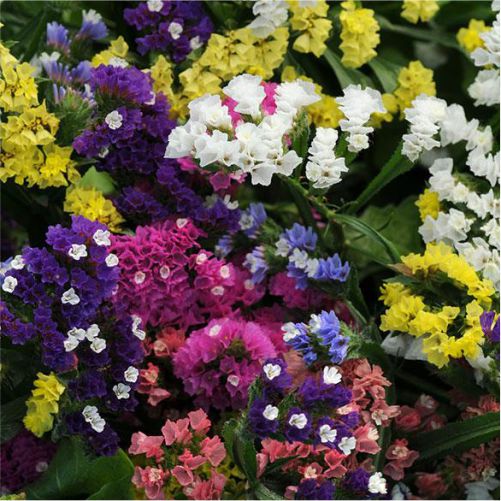Flower Seeds
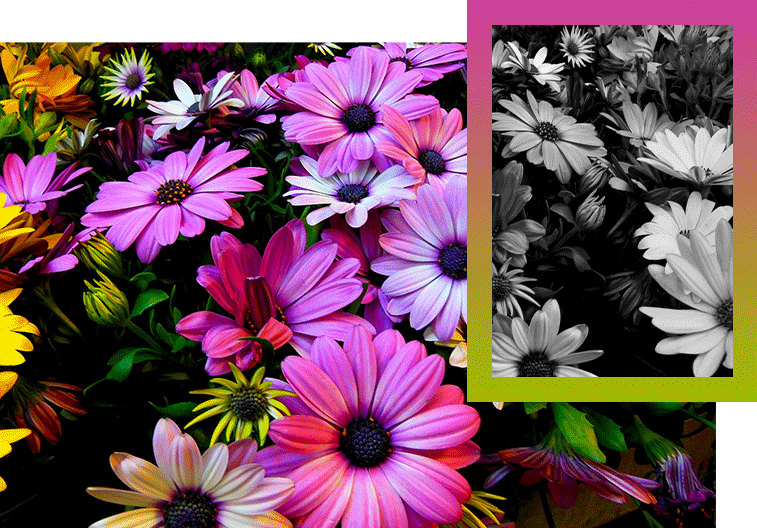
Flowers are the most important thing in our life
Kinds Of Flower Seeds

Cut Flowers

Perennials

Pot Plants

Green House

PEOPLE SAYS ABOUT GREENWORKS
BLOG POSTS

Netherlands offers “vertical farming”
UZBEKISTAN, Tashkent- Representatives of the Embassy of Uzbekistan in the Benelux countries, together with the…
Read more
Is hemp the future of NZ’s agriculture industry?
But a group of keen Kiwis are hoping to grow that very image, and have…
Read more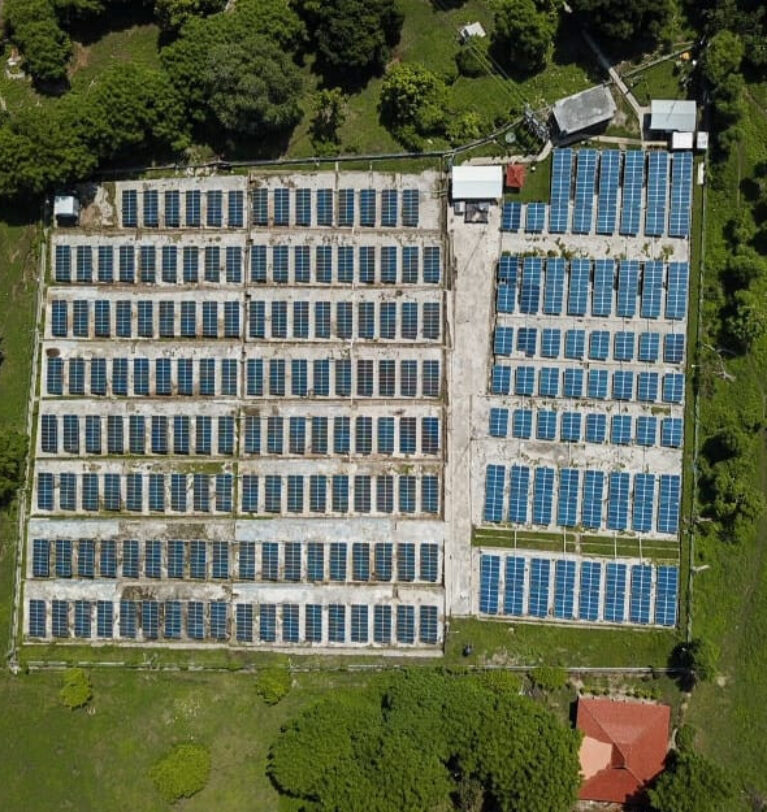
The color of economic recovery is green
With the impacts of the COVID-19 pandemic felt far and wide, almost all countries are…
Read more









UZBEKISTAN, Tashkent- Representatives of the Embassy of Uzbekistan in the Benelux countries, together with the Agency for attracting foreign investments under the Ministry of Investment and Foreign Trade and responsible persons of the khokimiyats of Bukhara, Kashkadarya, Navoi and Khorezm regions held online negotiations with the leaders of the Dutch company PlantLab, Dunyo news agency reported.
During the meeting, Dutch businessmen said that PlantLab was established in 2005 and specializes in vertical farming.
It offers the possibility of year-round cultivation of almost all types of plants in isolated conditions, without sun and soil, with 90% water savings. The yield is tens of times greater than when grown in field or greenhouse conditions. Grow containers can be installed in almost any location.
The technology of “vertical farming” is especially in demand in areas experiencing water shortages. So, if in an open field for growing 1 kilogram of lettuce leaves, 250 liters of water are required, and the yield is 4 kilograms of products per 1 square meter, in greenhouse conditions, 20 liters of water are required to obtain 1 kilogram of the crop, and the yield of 1 square meter is 41 kilograms … In a “vertical farming” environment, 1 kilogram of crop requires 1 liter of water, while the yield is up to 120 kilograms per square meter.
Currently, the company’s products are supplied to a number of supermarkets and restaurants in the largest cities in the Netherlands. The company plans to bring revenue to 1 billion euros in the next 10 years.
Speaking about the prospects for cooperation, the interlocutors expressed their readiness to study with the Uzbek side the possibility of implementing a project to create a production facility in the republic for growing agricultural products based on “vertical farming” technologies. Based on his experience, the interlocutor noted that for a start they are ready to implement a pilot project worth about 2 million euros.
According to them, within the framework of this project, they could share their knowledge, experience and technologies in such areas as sowing seeds, rational use of water resources, and the use of chemical components.
In addition, at the initial stage, it is advisable to determine the needs for the types and volumes of products grown in the future. It is necessary to work out and agree in advance with the supermarket chain of Uzbekistan the conditions for purchasing the grown products.
The representative of the khokimiyat of Bukhara region spoke about the potential of the region, as well as the activities of the free economic zone “Bukhara-agro”, which created conditions and a system of benefits for foreign investors. He proposed to implement a pilot project on the territory of the FEZ and expressed his readiness to find a local partner and provide all kinds of assistance in the implementation of this project.
The representative of the Kashkadarya regional khokimiyat spoke in detail about the initiative of the regional authorities to create an Uzbek-Dutch agro-industrial center in the city of Karshi, which is proposed to be carried out with the involvement of experienced specialists and large companies from the Netherlands. On the basis of the Center, it is planned to establish a system of training Uzbek farmers in the field of gardening, greenhouse business and others, as well as create a platform for the exchange of experience between specialists from the two countries. The Kashkadarya side also offered the PlantLab managers to implement a pilot project in their region.
The Dutch side expressed its readiness to visit Uzbekistan in the near future to study the situation on the spot, conduct negotiations with potential local partners. As a result of the videoconference, an agreement was reached to work out the visit of the PlantLab delegation to Uzbekistan approximately in the second half of September this year as the epidemiological situation improves.
Source and Photo Courtesy of Horticulture.pk
But a group of keen Kiwis are hoping to grow that very image, and have hemp take its rightful place as a marker of rural Aotearoa.
Hemp, a variety of the cannabis sativa plant species, often gets confused with its notorious ‘wacky baccy’ cousin, marijuana. But of course, there is no THC in the fast-growing plant, which instead has a variety of uses, including – but not limited to – skincare, building materials, clothing and nutritional supplements.

© Provided by Newshub
But it’s not just a useful tool for a variety of lifestyle products. It also may be the answer to a lot of the country’s farming woes.
Brad Lake, co-founder of hemp product supplier The Brothers Green, was previously based in more traditional farming pursuits, starting as a Canterbury rural banker a few years ago, during “the worst downturn the dairy industry had ever seen”.
It was repeated rugby shoulder injuries and a long recovery period, Lake says, that “immediately highlighted the role that nutrition played – food in particular”. That was teamed with a general and professional interest in the agriculture industry.
“I started to do research into hemp and it kept coming up as a solution to some of the issues we were seeing in the farming sector,” he tells Newshub. “The environmental impact, the diversification of products, farmers being not solely reliant on a single source of income…”
After meeting his now-business partner who was selling hemp protein powder, Lake says the two realised they both shared frustrations over the fact local farmers were interested in hemp, “but there was nowhere for it to be processed”.
“We saw an aligned vision and said ‘let’s start a hemp industry’. And I’ve been absolutely infatuated with it ever since.
“It’s fantastic to see a massive shift in the general public’s perception.”
New Zealand – particularly the South Island – has a fantastic climate for growing hemp. Heavy rainfall and long summer sunshine hours mean crops can boom here – they just need the room. Earlier this year, Lake helped organise a hemp farm open day in Culverden, to showcase the farmers and businesses growing and using hemp to about 100 Christchurch residents who bussed in to see the crop. Soon after, the country’s first hemp processing plant, Mainland Hemp, opened down the road.

© Provided by Newshub
Lake says while the concept is still fairly new, there’s keen interest from the farming community – especially those feeling disillusioned or vilified after last years’ move by the Government forcing farmers to publicly address the pollution of waterways and greenhouse gas emissions.
As many farming commentators observed, it appeared to paint dairy farmers in particular as being responsible for wilful environmental degradation – and of course, endeared them no further with animal rights activists.
“What the general public often fails to realise, is specifically in the dairy sector farmers were given consent to farm cows and distribute affluent and nitrogen. And now they’re being told that’s the wrong move,” says Lake. “They were told what to do and now they’ve had the rug pulled out from under them.
“From our perspective there really needs to be more loving solutions to these problems – a lot of our farming industry are facing high levels of debt and often not a lot of resources on the ground.”
One farmer that has made that very switch is fourth-generation Reefton dairy farmer Aaron Silcock, who along with his partner Sarah Gibson founded hemp company Larry’s Gold.
“Aaron was raised on this farm by his grandparents… a few years ago after lots of research he decided to adopt a plant-based diet for his health,” Gibson tells Newshub.
Also passionate about health, Gibson says she too moved to a plant-based diet after meeting the dairy farmer.
“My health and fitness improved immensely and I have never looked back,” she says.

© Provided by Newshub
But Gibson says the result was that the pair struggled with the fact that their income was coming from dairy, given their views on both its impact on the environment and on the body.
That’s when hemp came into the picture. The pair began growing the plant which Gibson says has over 50,000 uses.
“We wanted something that ticks all the boxes: a healthy product, no need to exploit animals and environmentally sustainable,” she says.
The birth of their daughter in 2018 further encouraged the couple’s mission, and now Gibson says while they’re still in their “transition” from the dairy industry, they’re on a journey to be completely farm to plate. .
“This season will be our fourth season growing, however we are still very grassroots,” she says. “It’s a very small team just the two of us mainly on the hemp operations with some help from our dairy farm 2IC. We have just employed another part-time worker on the dairy operation so we can focus more on the hemp.”
Gibson says they “truly believe that it is a plant that can save the planet”.
“It can grow anywhere without the need for herbicides, pesticides and requires far less water than traditional crops. Its deep root structure helps hold the soil together and its high level of nutrients helps to remediate the soil, rejuvenating it for the next season.”
While there’s currently a shift towards using more organic products in New Zealand farming, Gibson explains a large portion of the dairy sector still use a lot of synthetic fertilisers, toxic sprays and excessive amounts of nitrogen – all of which have a negative impact on our environment and soils in which our food is grown.
“Over time we are slowly killing everything off, which has been proven to have a negative impact not only on the environment, but human health as well,” she says.
“In a nutshell hemp is far more sustainable – there is no need to kill animals, damage the environment or exploit our oceans to meet our daily dietary requirements.
“This is because hemp can grow almost anywhere without using fertilisers, herbicides or pesticides and needs far less water than traditional grain crops.”
Farmers similarly interested in transitioning to growing hemp must apply to the Ministry of Health for a permit to cultivate, deal, breed, import or sell viable seed, and must pay a fee of NZ$511 per license.
But in a clear sign of the shifting attitude, they no longer need to call their crop an “experiment”.
By Sarah Templeton
Source: Horticulture.pk
Photo: https://www.freepik.com/photos/hand”>Hand photo created by jcomp – www.freepik.com
With the impacts of the COVID-19 pandemic felt far and wide, almost all countries are now in combat mode: issuing and implementing various policies to stop the spread and to cushion the impacts on the economy and people’s livelihood.
For that purpose, governments have allocated more than US$12 trillion in the form of direct budget support, loan and equity injections, guarantees and other incentives. According to Energy Policy Tracker only a small fraction of $88 billion is aimed at clean energy, which is only half than stimulus for fossil fuels.
Learning from the past recession, there will be a spike in human and industrial activity post-crisis along with a bounce back in the economy. Carbon emissions dropped 1.4 percent in 2009 after the 2008 financial crisis, but rose 5.1 percent in 2010.
While many have prematurely celebrated the predicted 8 percent reduction in greenhouse gas emissions this year, the world needs to remain watchful.
Green growth, as a means of doing the best for people and the planet, has been proven to be economically effective, particularly in response to crisis. The International Energy Agency (IEA) highlighted how green stimulus programs in response to the 2008-2009 economic crisis had played an important role in recovering the economy in China, Japan, Korea and the European Union.
A recent study from Oxford University, co-authored by prominent experts including environmental economist Cameron Hepburn and Nobel laureate Joseph Stiglitz, also found large support for green economic measures from the respondents of the study (central bankers, finance ministers and academics). Their key question did not solely mention climate targets, but also the speed of implementation, long-run economic multiplier and policy desirability. Clean energy policies, particularly clean energy R&D, infrastructure and clean connectivity infrastructure, were listed in the top 10 desired recovery policies, considered having large long-run multipliers and a strong positive impact on the climate. Just last month, the IEA also issued its Sustainable Recovery Report, echoing the need to push for climate-oriented recovery and to “build back better”.
The Asian Development Bank (ADB) predicted that Indonesia’s economy would grow 2.5 percent in 2020, a stark contrast to 5 percent growth last year. Economic growth in the second quarter is negative and future growth remains bleak.
Undoubtedly, the Indonesian government needs to disburse economic stimulus to create growth. The growing voice to encourage greener measures, however, has yet to resonate in Indonesia. The government has designated Rp 695.2 trillion ($48 billion) for COVID-19 measures and economic stimulus packages, yet none was allocated to green stimulus.
Vivid Economics has been reviewing the “greenness” of 17 major economies’ COVID-19 stimulus injected into sectors that have long-term impacts on nature, and it suggested that Indonesia’s stimulus falls into the “brown” category (and has the lowest score), dominated by support for the high-carbon industry and energy sector.
Indonesia should opt for renewable energy for economic development, particularly in this difficult time and to reduce future greenhouse gas emissions. Currently, the share of renewable energy in Indonesia’s power sector is only 2 percent of total potential – a result of intertwining factors: a lack of consistent and supportive policies, market barriers, as well as concerns about human resources and grid readiness.
Solar energy, with the highest potential (of more than 200 GW nationwide), has yet to boom despite the global trend showing the exact opposite. Benefiting from massive deployment globally and a sharp decline in technology prices, solar energy could play an instrumental role in reviving Indonesia’s economy – and by extension, opening the doors to rapidly develop other renewables, keeping on track with our national energy target and climate pledge.
The Jakarta Post reported on June 19 that the Energy and Mineral Resources Ministry was working on a $1 billion solar program. It targets 1 gigawatt-peak (GWp) annual installations of rooftop solar for households receiving electricity subsidies. If prepared and implemented properly, this national solar program could be the answer to Indonesia’s absence in disbursing green stimulus: providing energy safety nets, boosting domestic solar industry and creating employment.
We estimate that this program could generate up to 30,000 green jobs per annum, much needed to fill in the gaps in recovering the economy.
The program is only one form of strategy for green economic recovery, and it is clearly not sufficient. As Indonesia aims to reach a 23 percent share of renewable energy in the primary energy mix by 2025, an additional $3 billion to $5 billion investment (in the renewable energy sector alone) is required. Building gigawatt solar plants and rooftop solar could be the fastest way to meet this target in due time. Unfortunately, Indonesia’s renewable energy investment attractiveness is pretty low.
The long-awaited presidential regulation on renewable tariffs and procurement of renewables, as well as the newly announced cooperation between the IEA and Indonesia should come to aid, as they are expected to increase investment attractiveness. Financing support for residential and commercial solar installation could also spur interest in installing rooftop solar, along with removing barriers to connect rooftop solar to state electricity company PLN’s grid.
Given the opportunity and the potential, we call on President Joko “Jokowi” Widodo to set green economic recovery strategies and to take the lead in accelerating energy transition in Indonesia. Putting the stimulus money into fossil fuels and dirty industry is not an option.
The pandemic has given us an opportunity to rethink our development, and we cannot just do business as usual. Carpe diem.
Source: Horticulture.pk
Photo: The 600 kWp solar power plant on Gili Trawangan island in Lombok, West Nusa Tenggara on Feb. 22, 2019 . Credit: PLN/PLN



